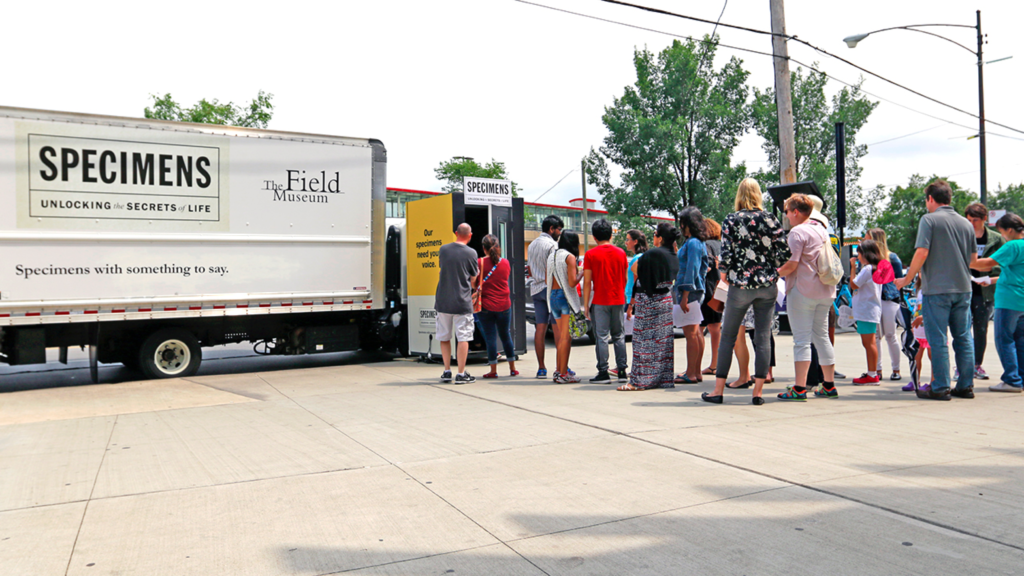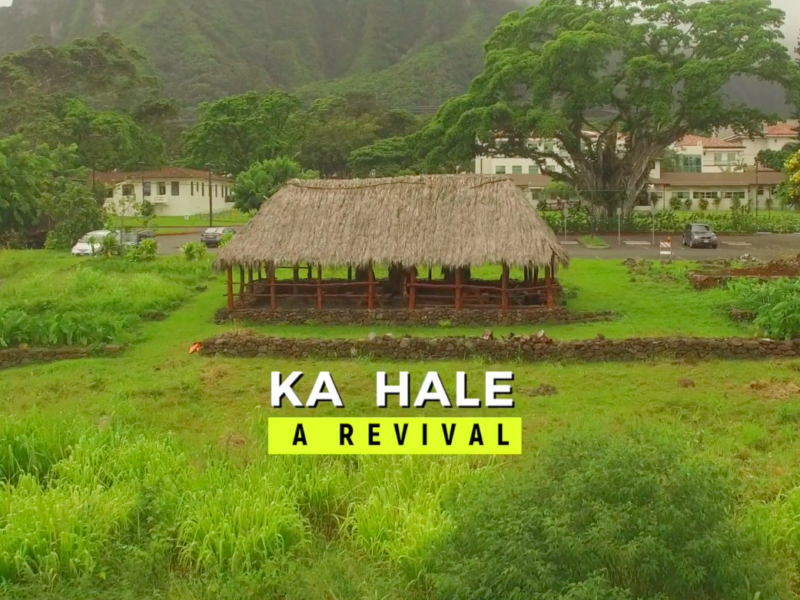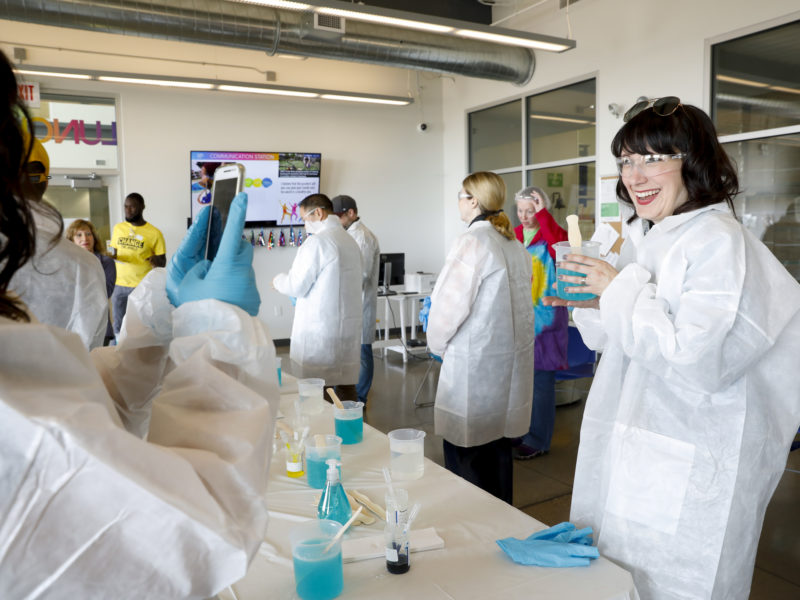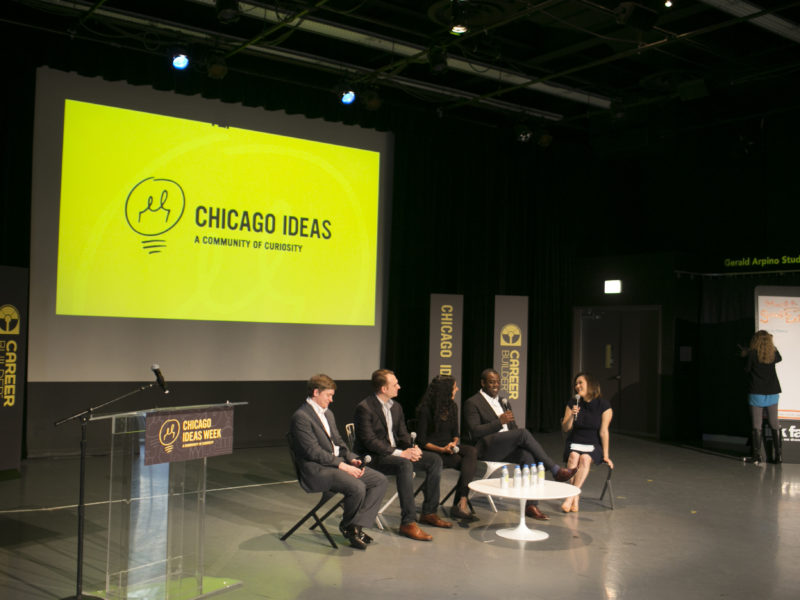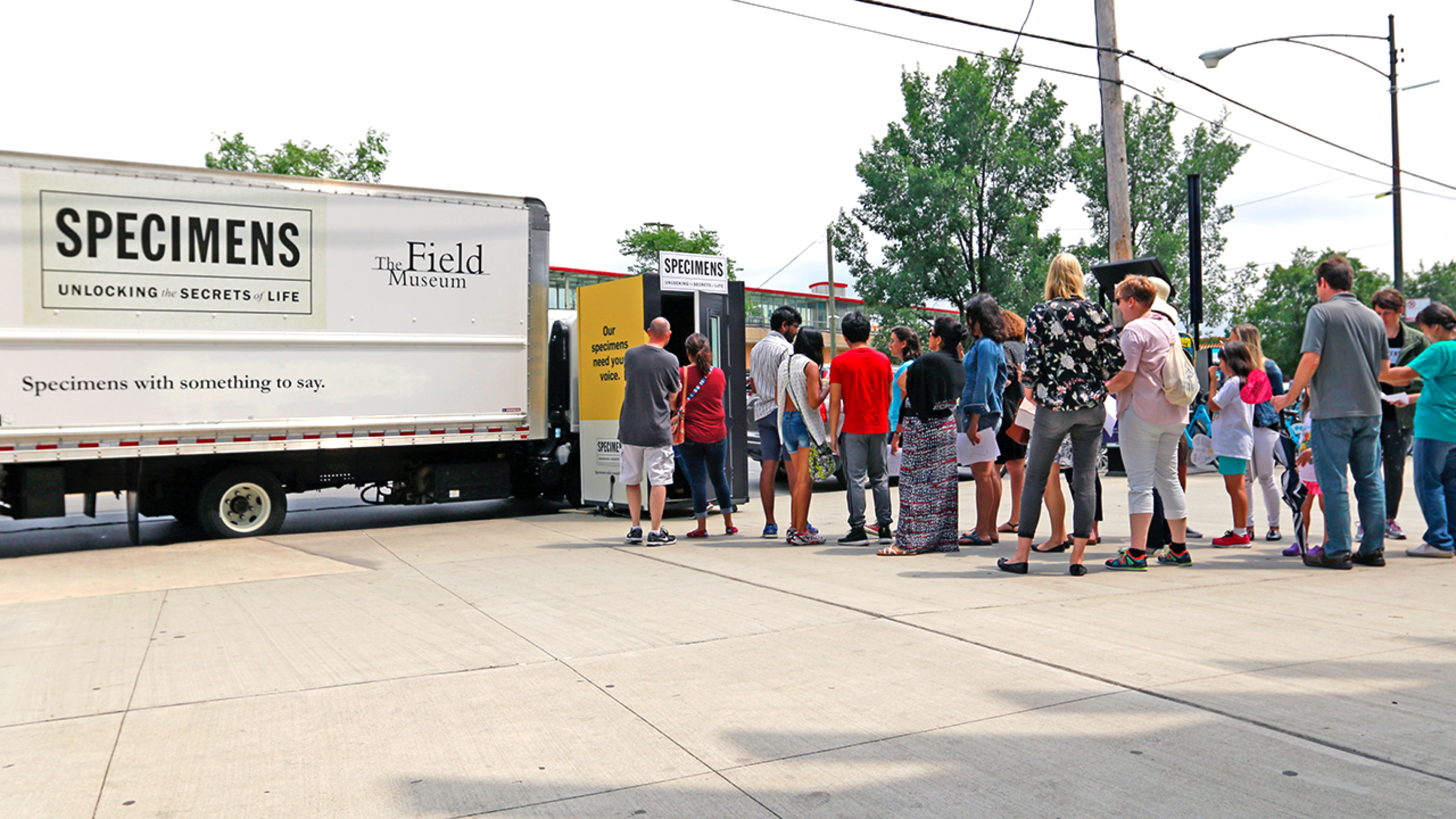
Chicago Ideas Lab: Putting Artifacts into Action
We’re excited to share this guest post from Pete Lefebvre, creative director at Leo Burnett Chicago about Leo Burnett’s 2017 Chicago Ideas Week Lab, “Specimens: Unlocking the Secrets of Life Through Science and Creativity.” The Lab explored how Leo Burnett was able to transform the Field Museum’s “Specimens” exhibit into a lively collection. This piece will give you a snapshot of how they did it.
During a sold-out presentation on Oct. 18, the Chicago Ideas crowd got a behind-the-scenes look at the Field Museum’s collection, and learned how the museum and its advertising agency, Leo Burnett, is bringing it to life.
The Field Museum’s collection, containing over 30 million specimens, fuels its knowledge. And to help people understand the museum’s mission, it recently put a small sliver of these specimens, about 0.01 percent, on display in a new exhibition, “Specimens: Unlocking the Secrets of Life.”
There’s no better storyteller than a physical specimen, and the stories in the exhibition were unbelievable. During the tour, Chicago Ideas attendees were able to touch million-year-old fossils and learn the untold stories behind them. There’s a fish that’s the last of its kind in existence. There are pieces of star dust that date back to the Big Bang. Each and every piece of the exhibition has been places and done things we can’t imagine. They contain the secrets of life.
Here’s the challenge: These specimens can’t tell us their secrets on their own. They’re dead. So how do we bring them to life? How do we get them to tell their stories? By giving them a voice.
Leo Burnett Chicago’s idea was “Specimens With Something to Say,” which imagines what these specimens would tell us if they could talk. We started with a more traditional campaign of posters, out-of-home, radio and digital.
But posters and the like didn’t seem to be a proper representation of the museum’s purpose of being an active, highly interactive institution. So, we decided to take action.
Since these specimens didn’t have a voice, we asked the people of Chicago to lend us theirs.
Everyone involved could attest it was an ambitious project, to say the least. Characters and scripts would have to be developed for the almost 200 specimens in the exhibition.
As we started writing, we took a page out of Pixar’s playbook. Not only would we give the specimens a voice, we’d be crafting a personality and storylines for them too, each rooted in the science of the specimen. For instance, an ant was written into a loud brash sergeant leading an army of ants. A nocturnal monkey specimen was transformed into a friendly late-night reveler offering people a tour of South American nightlife.
Scripts in hand, we toted a mobile recording booth to neighborhoods all around town. For over two weeks, we went to the North Side and South Side and West Side. Uptown, downtown and Chinatown. Everywhere. This let the Field Museum meet people in their own neighborhoods, and engage with them on their own terms.
Now, the museum wasn’t just collecting exotic animals, plants, or geological samples. It was curating talent.
Almost 800 voices were collected in total. While we sifted through the voices, the Leo Burnett team also created a web app to make the best performances part of the Specimens exhibition. This not only gave participants a moment of fame, it also created a more immersive experience for visitors.
Performances for the exhibition were chosen with the individual specimens in mind. The porcupine fish was selected because of the way the performer inflated the volume of his voice to match the way porcupine fish inflates themselves to ward of predators. A little girl filled a very little bat with all the attitude in the world.
We crafted the specimens’ stories in an entertaining way to make the science more relevant and accessible, helping people understand the work the Field Museum does every day.
All voices were made part of the Field Museum’s permanent collection. This created a more enduring bond with people, turning an emotional connection into a physical one — they could point to the building and say, “A part of me, my voice, is in there.”
After the CIW presentation, we invited our audience to get in the booth, transform themselves into a specimen and add their voice to the museum’s permanent collection.
The word “bravery” gets thrown around a lot in the creative industry. In this case, it takes a lot of bravery for an institution to hand over control of its content to the general public. But because this was done with a spirit of empathy, generosity and sincerity, Chicagoans responded in a bigger way than we ever imagined.


